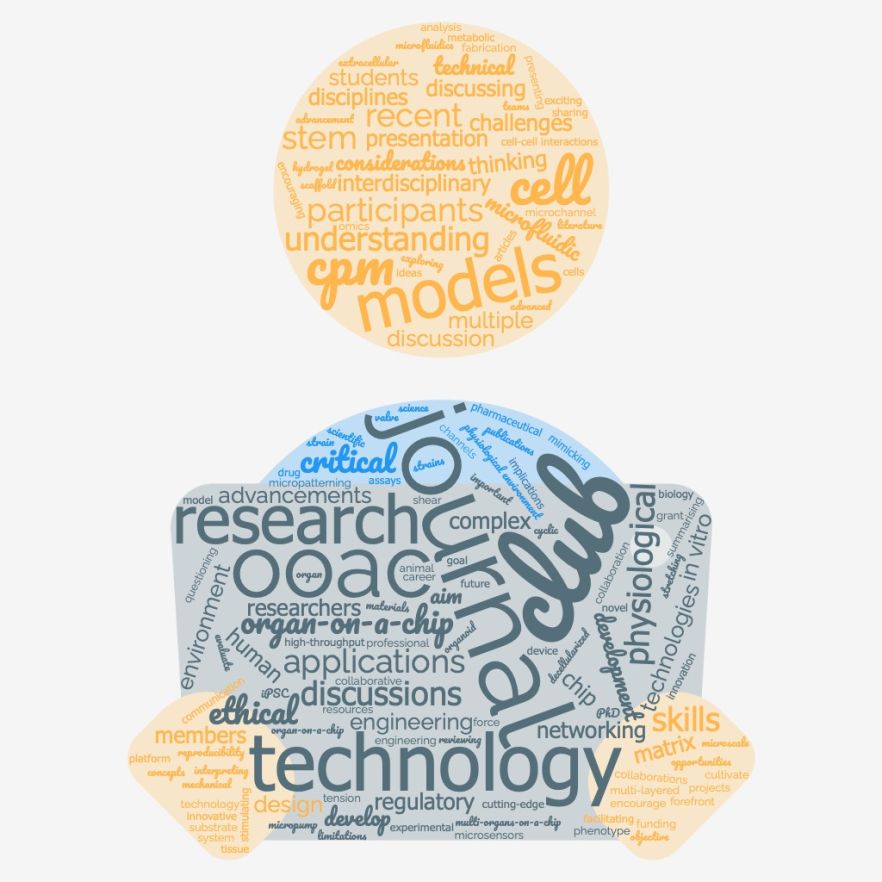Organ-on-a-Chip Journal Club
Our CPM Journal Club offers a rich and stimulating environment for PhD students and Early Career Researchers to deepen their understanding and contribute to the advancement of the exciting field of Organ-on-a-chip technology!
We welcome PhD students, PDRAs and ECRs from within and outside of QMUL to build engagement across the community.
If you are interested in joining our CPM Organ-on-a-Chip Journal Club held fortnightly via Teams please contact:
Dr Lucy Norling: l.v.norling@qmul.ac.uk

The key objectives for our Journal Club include:
- Understanding Organ-on-a-Chip Technology: A major aim of this journal club is to enhance understanding of OOAC models, including their design, fabrication, and applications. This includes discussing the principles behind the technology and its evolution.
- Critical Analysis of Recent Research: Another major goal is to critically evaluate recent literature. For OOAC models, this involves reviewing and discussing recent publications on advancements, limitations, and novel applications.
- Exploring Interdisciplinary Research: Organ-on-a-chip technology often bridges multiple disciplines such as biology, engineering, and materials science. Our CPM journal club welcomes students and ECRs across disciplines to promote interdisciplinary discussions and collaborations among participants.
- Addressing Technical Challenges: OOAC models present various technical challenges, such as mimicking complex physiological environments, integrating multiple cell types, and ensuring reproducibility. Discussion can focus on innovative solutions and emerging technologies.
- Ethical and Regulatory Considerations: The use of OOAC models raises important ethical and regulatory considerations. These could include discussions on animal use reduction, human cell sourcing, and the ethical implications of using these technologies.
- Promoting Innovation and Collaboration: Participants can develop ideas for future research, potential grant applications, and collaborative projects involving OOAC technology.
- Enhancing Presentation Skills: Members can develop presentation skills by summarising and presenting key findings from research articles related to in vitro models. This can include effective communication of complex scientific concepts.
- Networking and Professional Development: The CPM journal club can provide a platform for networking among researchers interested in OOAC technology and advanced in vitro models, facilitating interactions and sharing of resources, including conferences, workshops, and funding opportunities.
- Keeping up-to-date with research: OOAC technology is rapidly evolving, thus a major aim of this journal club is to help participants stay updated with the latest advancements and trends in the field, ensuring they remain at the forefront of cutting-edge research.
- Encouraging Critical Thinking and Discussion: Lastly, a key objective of this journal club is to cultivate critical thinking skills and encourage open discussions amongst members. This involves questioning assumptions, analysing experimental design, and interpreting results effectively.


